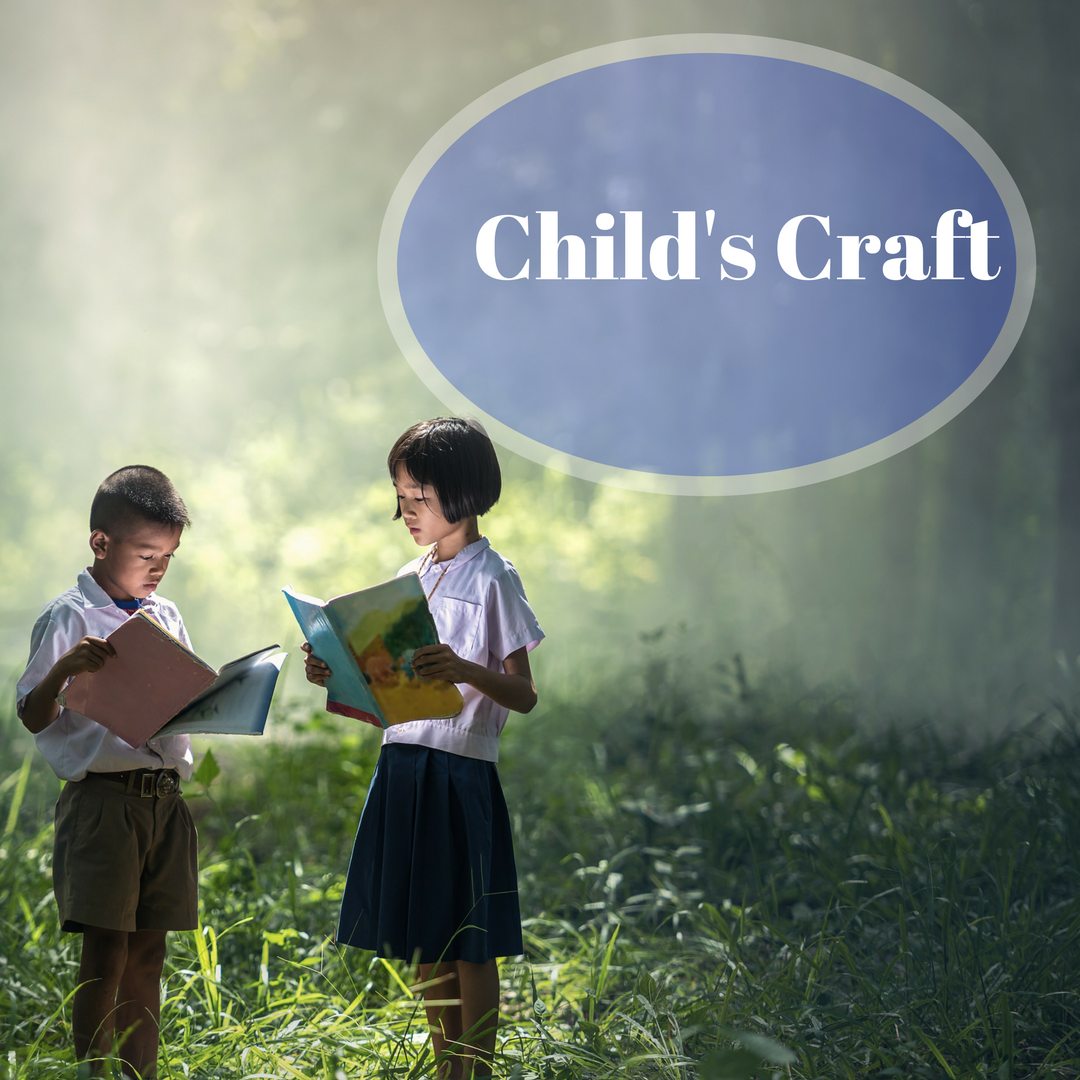
Happy Days Are Here Again
A few years ago, I got to the point where I could not watch the evening news. It was…
August 6, 2024
A few years ago, I got to the point where I could not watch the evening news. It was…
August 6, 2024
Writers Chat, hosted by Johnnie Alexander, Brandy Brow, and Melissa Stroh, is the show where we talk about all…
July 31, 2024
“Walking on Sunshine” “You are my Sunshine” “Keep on the Sunny Side” Okay, which one are you singing right…
August 6, 2023
Possibly you are an author who writes nonfiction and fiction. Because I’ve worked in both areas of the market—fiction…
July 25, 2023
Throughout my decades in publishing, I’ve written many different types of nonfiction books: biographies, how-to, diet, self-help, co-authored books,…
March 29, 2023
Writers Chat, hosted by Jean Wise, Johnnie Alexander, and Brandy Brow, is the show where we talk about all…
August 30, 2022
Writers Chat, hosted by Jean Wise, Johnnie Alexander, and Brandy Brow, is the show where we talk about all…
November 30, 2021
Cherrilynn Bisbano is an award-winning writer. She founded The Write Proposal after reading hundreds of book proposals with avoidable…
April 25, 2019
Last month we looked at an overview of writing nonfiction for kids. This month we focus in on writing…
September 21, 2018
In the publishing world nonfiction is a hot item at this time. For both children’s magazines and books (especially…
August 21, 2018
Christian nonfiction writers receive all the credit for being the biblical and spiritual teachers. If we want to learn…
January 20, 2016
Do you ever feel like “just a writer?” “Just” a wannabe author? “Just” a wordsmith who spends hours inventing…
September 24, 2015